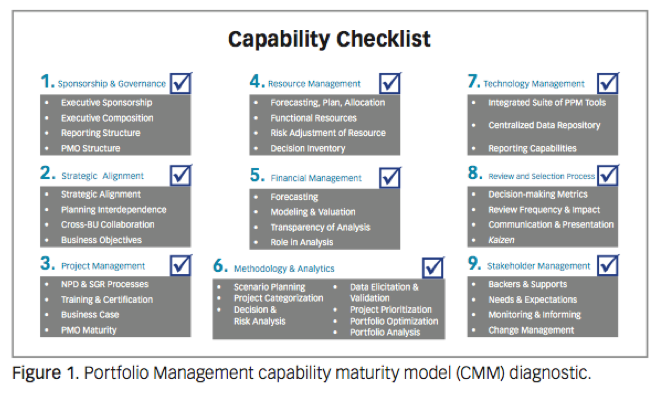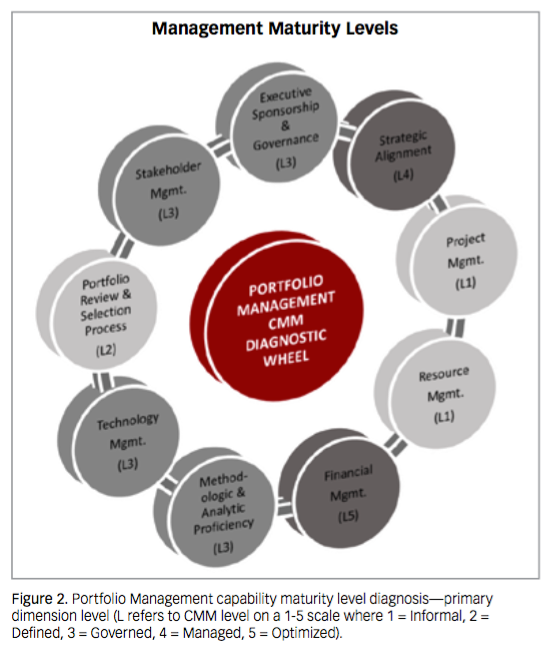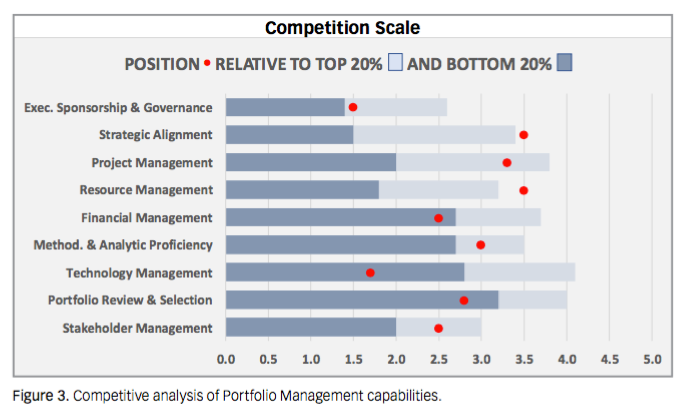Portfolio Management Health Check
For pharma, diagnosing what ails or strengthens performance in this critical corporate discipline may help reshape business prognosis.
Diagnosing what ails or strengthens performance in the critical corporate discipline of portfolio management-by peeling back the various contributing dimensions-may give pharma companies better clues on business prognosis.
Each year, the average person undertakes an annual physical exam in the hope that their trusted physician will either give them a clean bill of health or diagnose problems early enough for intervention. This exercise-applied in the corporate and business discipline setting-could provide similar answers of well-being. But how often in the world of biopharmaceuticals, for instance, do companies, particularly the smaller-to-mid-sized organizations, perform a Portfolio Management health check to diagnose what’s working well and what isn’t, so that leadership can either intervene expeditiously or recommend expeditious intervention?
One such approach to better making these determinations is through a Portfolio Management capability maturity model (CMM) diagnostic health check. The examination is conducted across nine primary dimensions and 38 sub-dimensions, enabling a company to self-assess its capability maturity levels on each sub-dimension (see Figure 1; click to enlarge).

Each sub-dimension is supported by a capability maturity question for which there are five possible definitional answers, each of which represents a capability maturity level on a Level 1-5 scale. Once an assessment of each of the 38 sub-dimensions is completed, the organization receives a diagnostic health check report that highlights capability strengths and weaknesses along with a prescriptive assessment of transition plans that describe how to narrow or close competency gaps. Project & Portfolio Value Creation uses its diagnostic wheel to consolidate each sub-dimensional assessment and provides an overview of each capability at the primary dimensional level (see Figure 2 below). To be sure, no organization is positioned to narrow or close all competency gaps in one fell swoop, so it is incumbent on both advisor and organization to determine how much change management the company can embrace and sustain throughout the journey to improve its capability maturity level.
Generally, companies are asked to define a future, temporal state (e.g., 12 months from the date of the current diagnostic assessment) and describe its vision for that state in terms of sub-dimensional competency improvement. Transition plans are then created to ensure the organization can attain these competency

levelsafter which a further diagnostic check is performed to determine if each competency goal has been attained. And, not surprisingly, in the true spirit of kaizen, this process of competency amelioration and diagnostic assessment is repeated.
Measuring up
While a self-assessment is a good first step toward competency self-improvement, knowing where a company stands with respect to its competition in the discipline of Portfolio Management can be just as important to its health. As a further diagnostic step, therefore, companies can undergo a blinded competitive analysis. This allows comparisons of the company’s capability level relative to the competition (see Figure 3 below). This can be done on both dimensional and sub-dimensional levels.
Should a firm be satisfied if its as good as the top 20% of the competition on any capability sub-dimension? Likewise, should it be dissatisfied if roaming with the bottom 20% of the competition? It depends. While knowing where a company stands with respect to its competition is important, the fundamental question should be, “To what extent does my company’s capability position help or hurt its ability to extract the best value possible from its portfolio on an ongoing basis?” Another words, being in the top 20% on any capability dimension may simply not be enough for the company to continue to thrive in the long-term. Rather, the organization may be required to be in the top 5% to help shape the evolving competitive environment, as it charts its own course in fulfilling its intended mission and goals.
At the other end of the spectrum, while being in the bottom 20% of the competition on any capability dimension is surely not a satisfying revelation, the marginal gain from improving this dimension may be less than that from improving a dimension in which a company is already in the top 20% of its class.

Key health questions
Finally, an informative Portfolio Management health check should lead ultimately to a diagnosis of the health of a biopharma company’s portfolio itself. While there are many ways to “cut the data,” a handful of portfolio questions, if well framed, can lead to insightful analysis. These include:
- What does my waterfall value creation look like? This describes what value (e.g., top-line growth) is being created from where (e.g., early stage development assets) along the value chain.
- What does my waterfall resource consumption tell me? This enunciates how much resource is being consumed by each segment (e.g., discovery) of your value chain and, by inference, how efficient each segment is in delivering value.
- How productive are the assets within each segment of my portfolio? This highlights not only which are the most efficient assets but, more importantly, where the point of diminishing marginal returns begins.
- On both a non risk-adjusted and risk-adjusted basis, how close is the consolidated product portfolio and pipeline portfolio to meeting my annual financial goals? This quantifies the extent to which temporal financial gaps exist and helps frame discussions regarding how these gaps may be filled.
- Within each business unit, what levels of budgetary and human resources are being consumed? This determines the extent to which resources may need to be ring-fenced within business units as well as how much competition between business units for marginal resources may take place.
- Within each business unit and across the enterprise portfolio, how balanced is the portfolio in meeting short-, mid-, and long-term expectations? While certain assets within each business unit represent policy investments (e.g., strategic positioning; critical for financial survival; contractual obligations), successful companies position portfolios in such a way that there is a balance between risk and reward, internal and external investments, and short- and long-term gains.
A sharp, critical eye
While personal physical health checks are optional, even if one are supremely fit and apparently healthy, it makes sense to undergo an annual examination so that a diagnosis of any current or impending health problems can be made. Since all corporate disciplines-including Portfolio Management-need to be built, nurtured, and monitored judiciously, it is no wonder that if left unattended, they can become value

destructive. And, if allowed to march freely to the beat of their own drums, these disciplines can, in fact, become cancerous.
For many companies that were once household names or have been acquired and dissolved into obscurity, there are untold stories of poor business decisions that have their roots well embedded in poor Portfolio Management practices. Repairing some of these approaches may simply come down to not being satisfied with ‘good enough’ being good enough-and asking where-which dimensions–a company can do better.
Richard M. Bayney, PhD, is President and Founder, Project & Portfolio Value Creation. He can be reached at rbayney@ppvc.net
CBI’s Bio/Pharma Strategic Portfolio Management Summit 2017 will be held at the Courtyard Boston in Cambridge, MA, on August 8-9, 2017. Further details can be found here.

The Misinformation Maze: Navigating Public Health in the Digital Age
March 11th 2025Jennifer Butler, chief commercial officer of Pleio, discusses misinformation's threat to public health, where patients are turning for trustworthy health information, the industry's pivot to peer-to-patient strategies to educate patients, and more.
Navigating Distrust: Pharma in the Age of Social Media
February 18th 2025Ian Baer, Founder and CEO of Sooth, discusses how the growing distrust in social media will impact industry marketing strategies and the relationships between pharmaceutical companies and the patients they aim to serve. He also explains dark social, how to combat misinformation, closing the trust gap, and more.